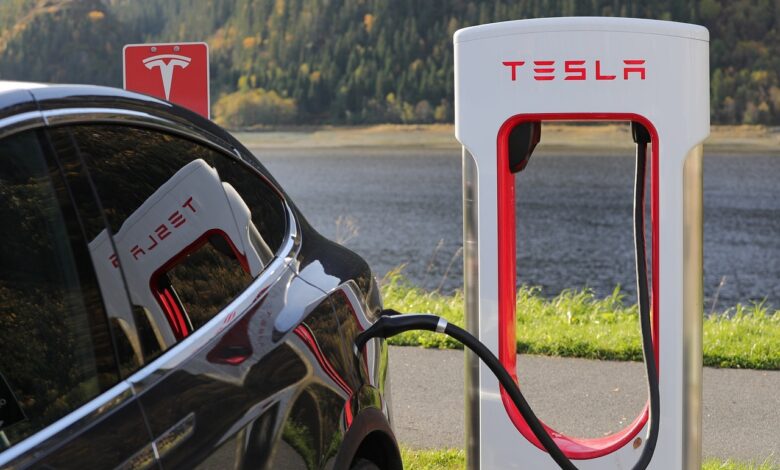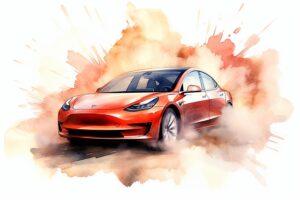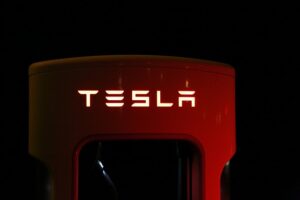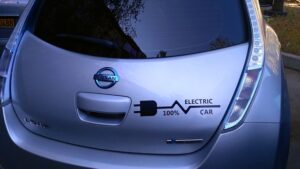
In the realm of electric vehicles, Tesla has emerged as a trailblazer, revolutionizing the automotive industry with its cutting-edge technology and commitment to sustainable transportation. The journey of Tesla cars began with the introduction of the Tesla Roadster, marking a significant milestone in the pursuit of electric mobility.
The Birth of Tesla: The Roadster Era (2008-2012)
Tesla Motors, now known as Tesla, Inc., was founded in 2003 by Martin Eberhard and Marc Tarpenning. However, it was Elon Musk who joined the company in 2004, steering it toward its current trajectory. The first Tesla car, the Roadster, made its debut in 2008. Based on the Lotus Elise chassis, the Roadster was a sporty two-seater that challenged the prevailing notion that electric cars were dull and lacked performance.
The Roadster showcased the potential of electric vehicles, boasting a range of approximately 245 miles per charge—an impressive feat at the time. This marked the beginning of Tesla’s journey to redefine the automotive landscape.
Model S: Pioneering Luxury Electric Sedans (2012-Present)

Following the success of the Roadster, Tesla introduced the Model S in 2012. The Model S was a game-changer, combining luxury, performance, and a groundbreaking electric drivetrain. It set new standards for electric cars, offering an unprecedented range and acceleration.
The Model S featured a sleek design, spacious interiors, and cutting-edge technology, including the massive touchscreen display that has become a hallmark of Tesla’s interior design. With different variants providing varying ranges and performance levels, the Model S appealed to a broader audience, further establishing Tesla as a formidable force in the automotive market.
Model X: The SUV Redefined (2015-Present)

In 2015, Tesla expanded its portfolio with the introduction of the Model X—an all-electric SUV. The Model X retained the performance prowess of its predecessors while offering the versatility and spaciousness expected from an SUV. One of the Model X’s standout features was its distinctive falcon-wing doors, providing easy access to the rear seats.
With advanced safety features and Autopilot capabilities, the Model X represented a significant step toward Tesla’s vision of autonomous driving. This addition to the lineup showcased Tesla’s commitment to innovation and the company’s ability to cater to diverse consumer preferences.
Model 3: Mass Market Appeal (2017-Present)

The year 2017 marked a pivotal moment for Tesla with the introduction of the Model 3. Positioned as a more affordable option, the Model 3 aimed to bring electric vehicles to the mass market. It quickly gained popularity, becoming one of the best-selling electric cars globally.
The Model 3’s success was attributed to its competitive pricing, impressive range, and compelling performance. Its release played a crucial role in dispelling the notion that electric cars were only for the affluent, making sustainable transportation accessible to a broader audience.
Model Y: Expanding the SUV Lineup (2020-Present)
Expanding its SUV lineup, Tesla unveiled the Model Y in 2020. Building on the success of the Model 3, the Model Y shared its platform, offering a similar driving experience but in a compact SUV form. The Model Y aimed to capitalize on the growing demand for crossover SUVs, combining the practicality of an SUV with the efficiency of an electric drivetrain.
The Model Y featured advanced technology, including the option for Full Self-Driving capability, further solidifying Tesla’s position at the forefront of autonomous driving development.
Tesla’s Future: Beyond Cars
While Tesla has gained acclaim for its electric cars, the company’s ambitions extend beyond the automotive sector. Elon Musk envisions a comprehensive sustainable energy ecosystem, including energy storage solutions and solar products. Tesla’s Gigafactories, strategically located around the world, play a crucial role in scaling up production to meet the growing demand for electric vehicles and renewable energy solutions.
Tesla’s impact on the automotive industry extends beyond its own vehicles. The company’s success has prompted traditional automakers to accelerate their electric vehicle initiatives, fostering competition and driving innovation across the industry.
Conclusion: A Legacy of Innovation
Since the introduction of the Roadster in 2008, Tesla has transformed from a niche player to an industry leader, influencing the course of automotive history. The company’s commitment to innovation, sustainability, and pushing the boundaries of technology has set it apart in a rapidly evolving market.
As of my last knowledge update in January 2022, Tesla continues to launch new models and update existing ones. However, for the most up-to-date information on Tesla’s latest releases and innovations, it is advisable to check the company’s official website or recent news sources.
In summary, the story of Tesla cars is one of continual evolution, from the groundbreaking Roadster to the Model 3 that brought electric cars to the masses. As Tesla’s journey unfolds, it undoubtedly leaves an indelible mark on the automotive landscape, inspiring a shift toward sustainable and electrified transportation.



